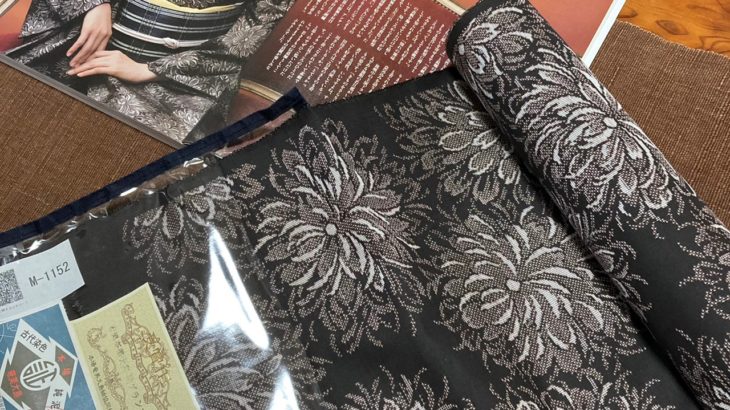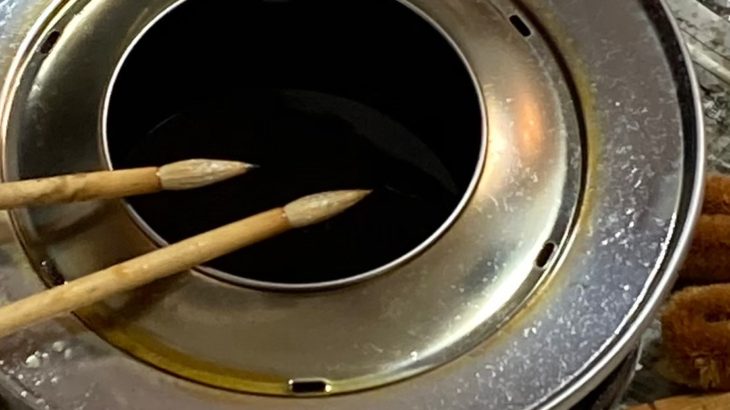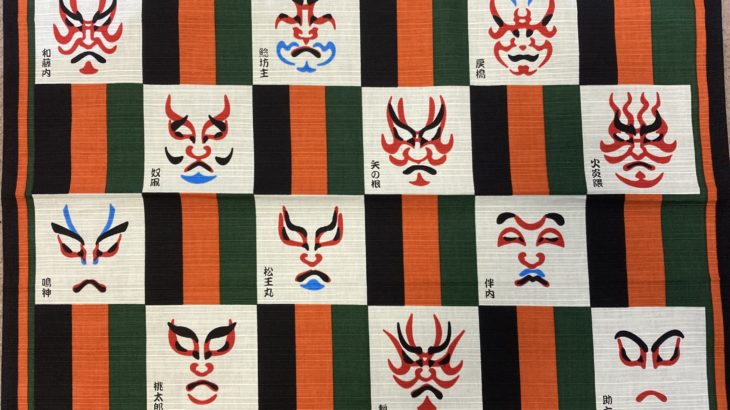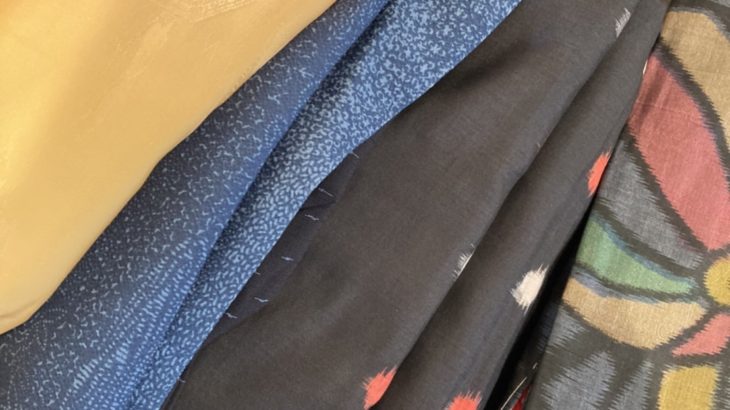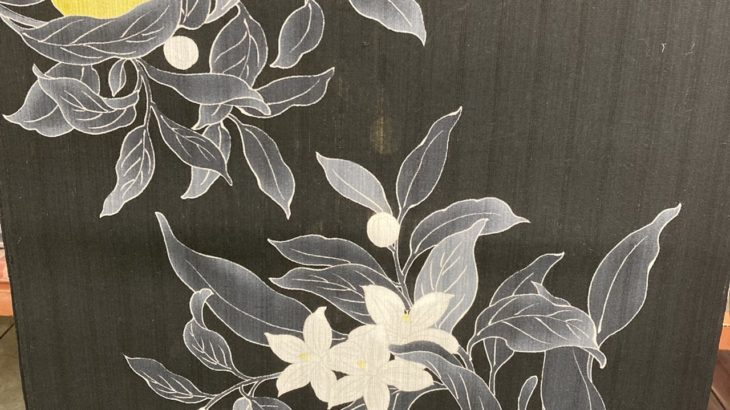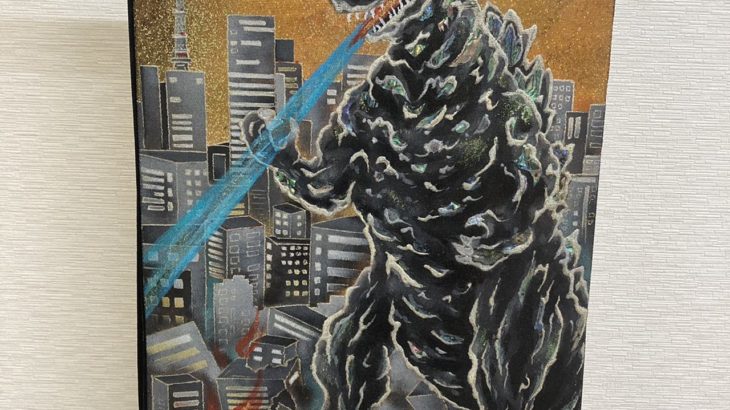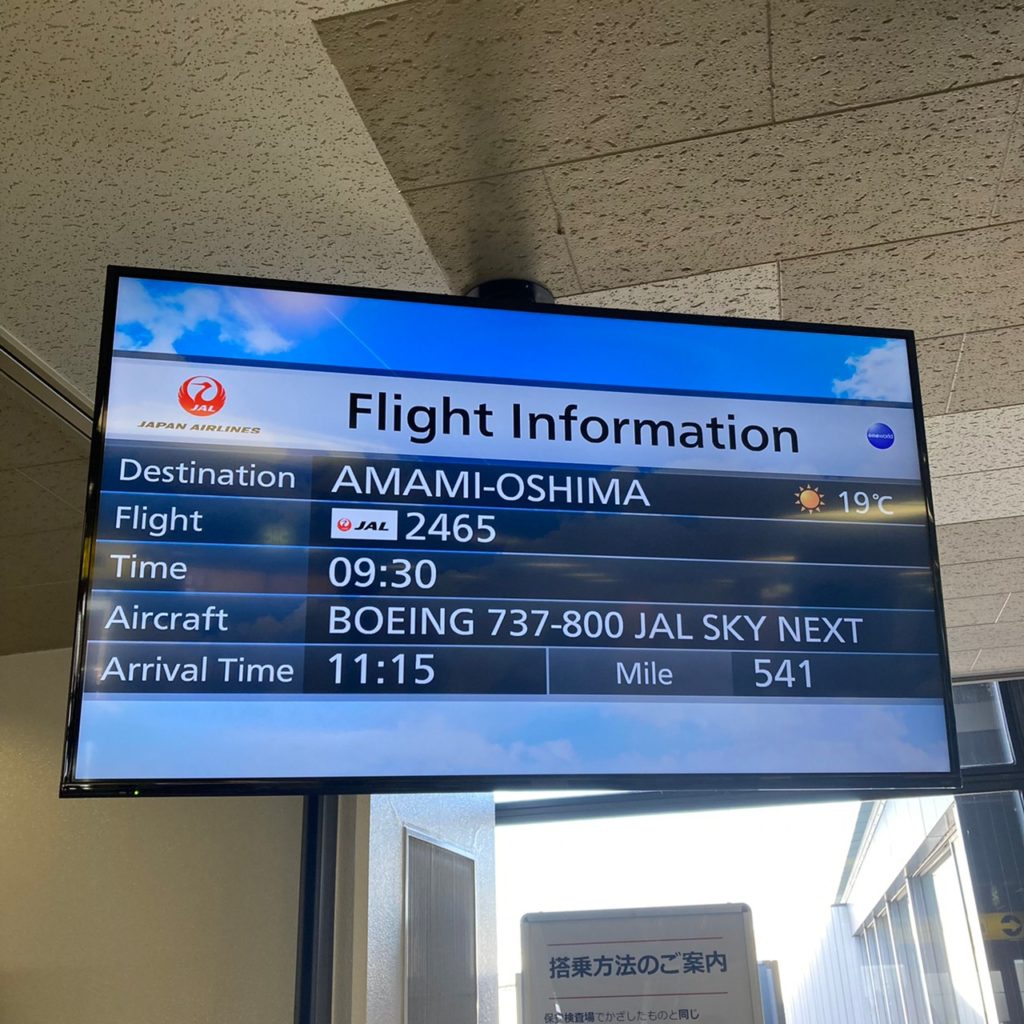
Hello, this is Shinji from Warashibe Chosha JP. This time, I went to Amami Oshima to study how Oshima tsumugi is made.
I talked to a craftsman who actually makes Oshima tsumugi kimonos. Oshima tsumugi is a plain weave kimono made in Kagoshima Prefecture. There are many types of Oshima pongee, including mud Oshima, indigo Oshima, white Oshima, and colored Oshima. This time, I would like to introduce you to the authentic Amami Oshima mud Oshima.
1. What is Oshima tsumugi?
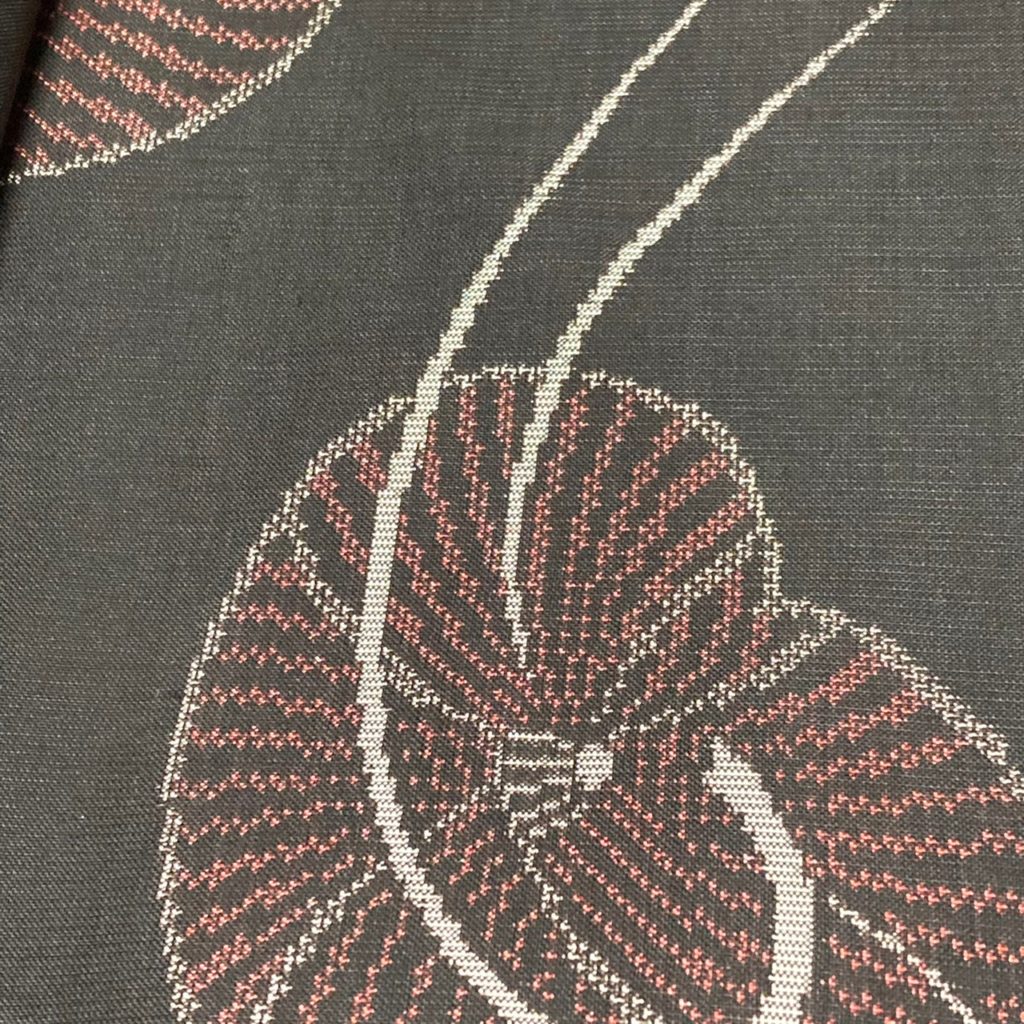
Oshima tsumugi, known as one of the three major pongees in Japan, is characterized by its lightness and durability. The yarn is yarn-dyed to express really fine patterns.
The yarn is dyed in the boiling water and mud fields of the tehchigi (Raphiolepis umbellata). A chemical reaction between the tannic acid in the water and the iron in the mud creates a black color that is unique to Oshima tsumugi.
2, the prestige of Oshima tsumugi
As I will explain later in this article, Oshima tsumugi is a very expensive fabric that requires a lot of work. The price of a kimono is not necessarily the same as its style, and Oshima tsumugi is more like jeans in terms of clothing. Oshima pongee is more like jeans in terms of clothing, meaning that it is for everyday wear and is generally not suitable for parties. (In Amami Oshima, they sometimes make furisode out of oshima tsumugi, so it’s hard to say for sure.)
3, The process of making Oshima tsumugi
There are more than 60 different processes involved in making Oshima tsumugi, which I will briefly explain here.
① design
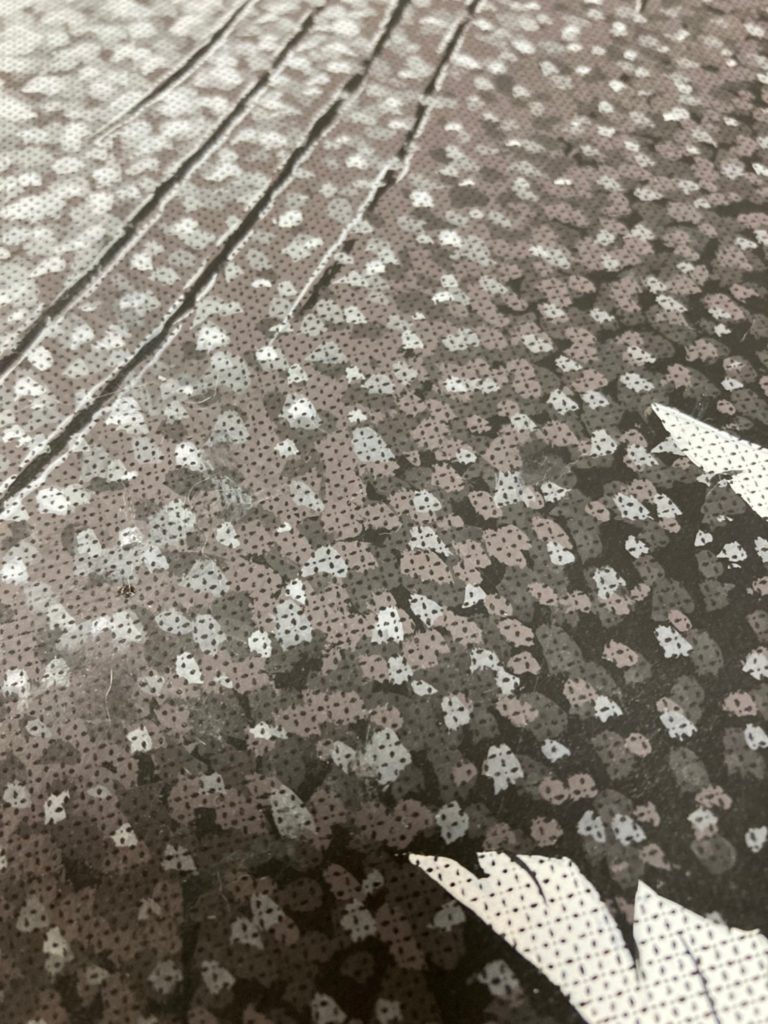
Since Oshima tsumugi is a repetition of the same pattern, the first step is to design the pattern. In the past, designs were drawn by hand on graph paper, but nowadays, some factories use computers.
② orthopedics
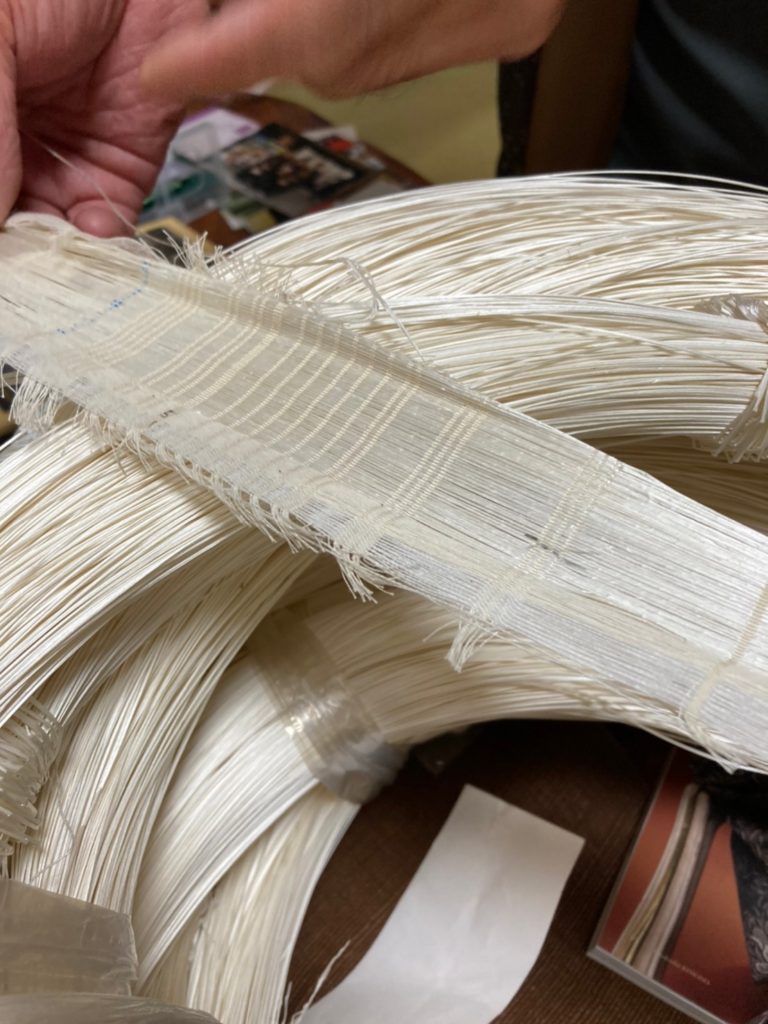
The thickness of the yarn varies from silkworm to silkworm, so we make the yarn a certain thickness, weight, and type of yarn, and then perform a process called Noribari to prepare a bundle of about 16-20 yarns to be used for kasuri. At Miki Oshima, where we visited this time, 12 strands are used in a bundle.
③ white cloth or kimono with black or indigo splash patterns
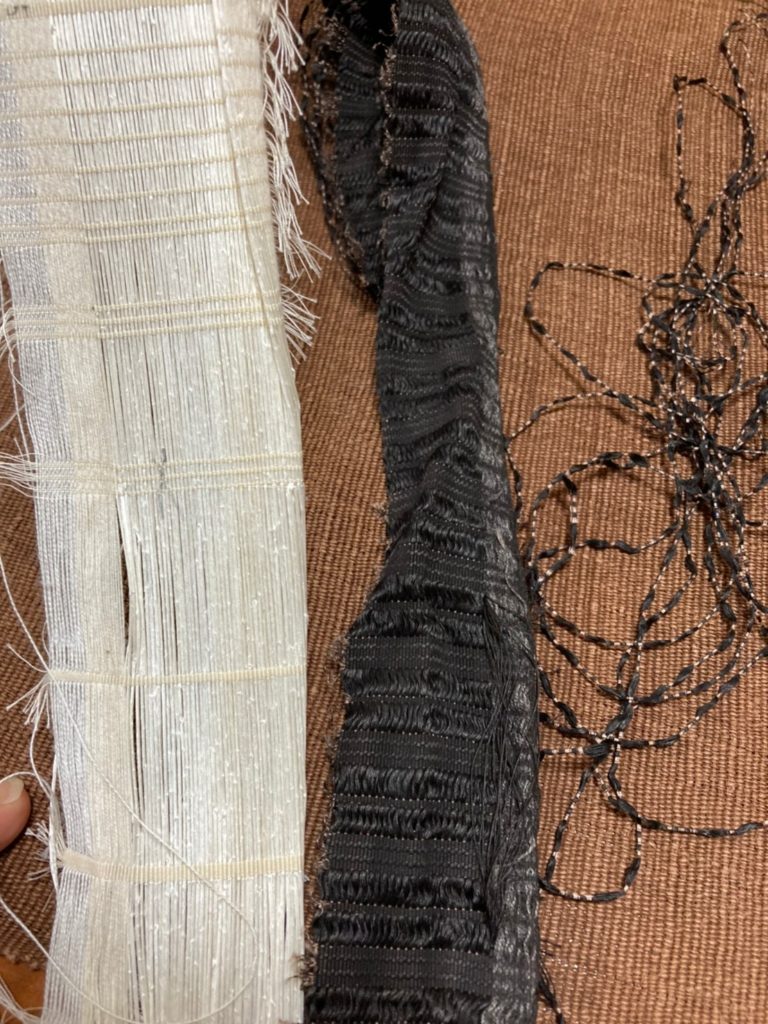
Shime-hata is generally woven by men. The shime-hata is generally woven by men, and this process is often done by hand for tsumugi other than Oshima tsumugi. Oshima tsumugi used to be woven by hand, but Shime-hata was introduced at the end of the Meiji era.
④ staining
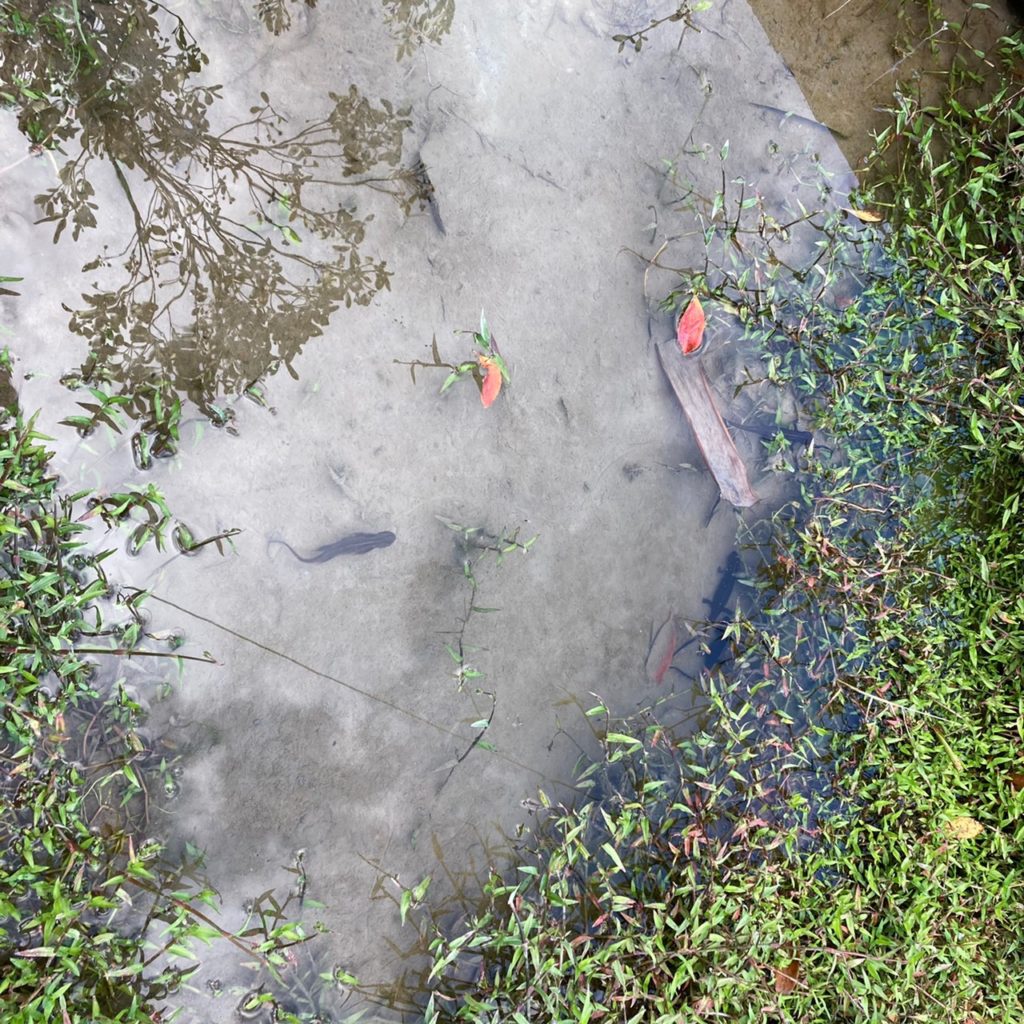
At Kanai Kougei, where I had the opportunity to experience mud dyeing, they dye with tehchigi (Raphiolepis umbellata) 90 times, once in the mud field, 70 times with tehchigi, and once in the mud field. The process is repeated four times, once in the muddy field, once in the muddy field, and finally in the river for the final dyeing. In the mud field, there were many newts, probably because of the clean water.
⑤ processing
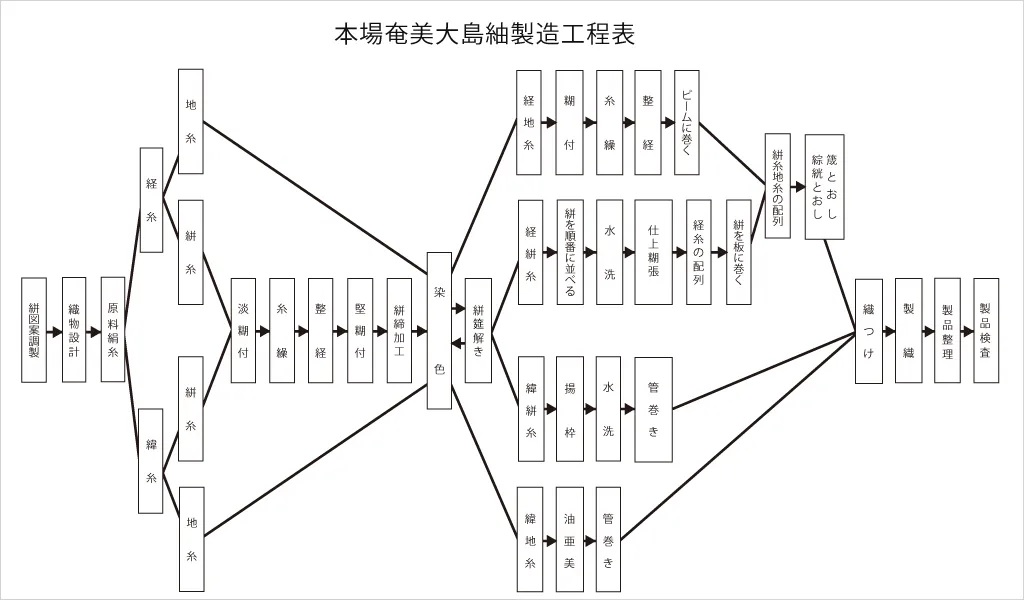
Irosashi (= printing dye), unraveling the Kasuri yarn, winding the yarn for one loom called Itamaki while aligning the Kasuri, etc. The most important process in weaving Oshima tsumugi is the processing.
⑥ weaving
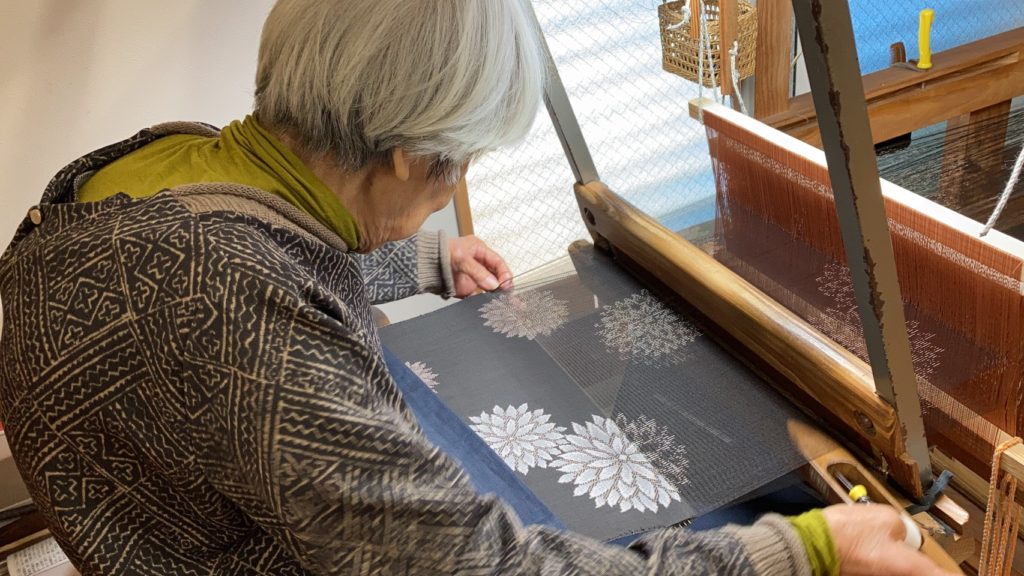
The weavers weave the threads made with great care according to the design. This time I learned a lot from a weaver of 65 years who is said to be one of the best in Amami. She told us that her skills improve with age, but that she loses the ability to see the fine patterns with age. He is now raising his grandchildren as weavers.
After all these processes are completed, only those that have passed the strict inspection are given the authentic Oshima tsumugi certificate.
This trip to Amami Oshima is also featured on my Instagram, so please check it out and follow me.
Instagram:@warashibe_choja.jp
Youtube : わらしべ長者JP
